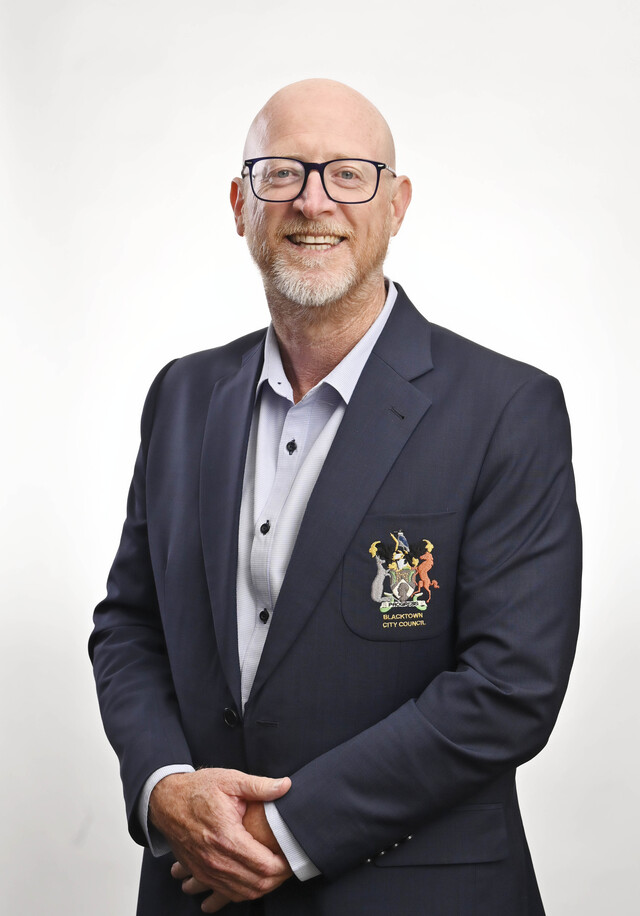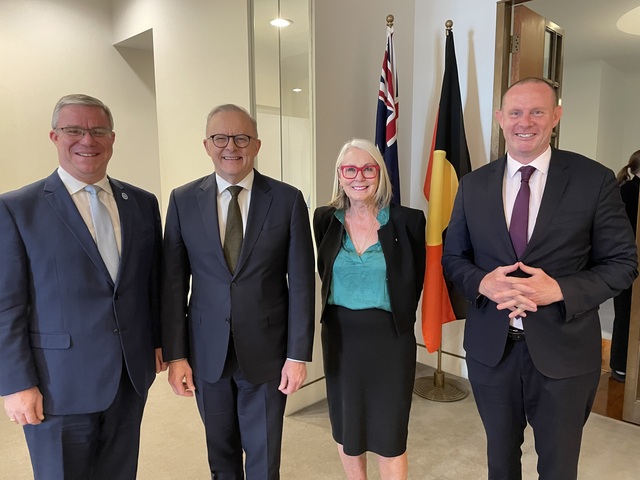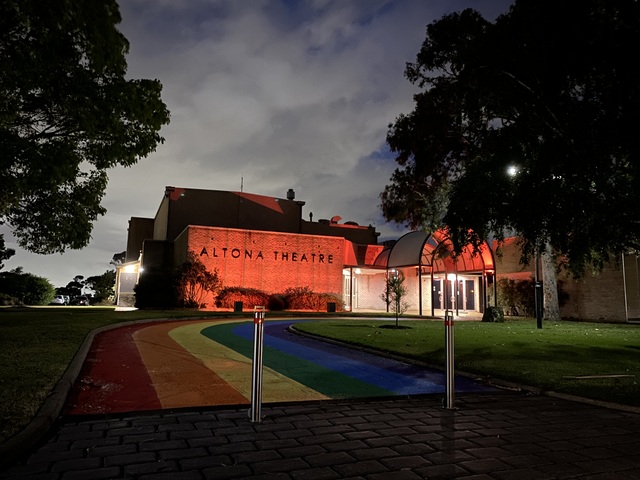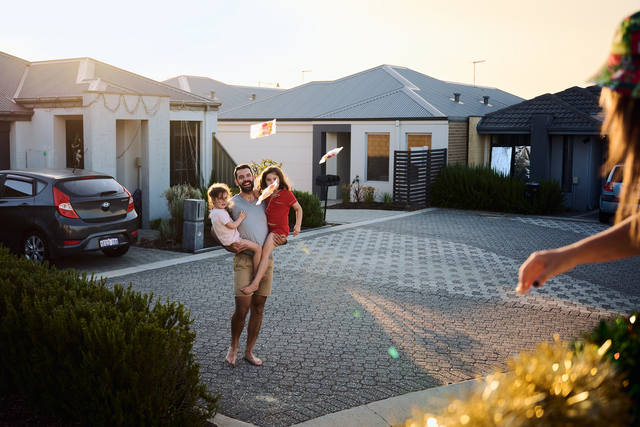Seventeen years ago, Canberrans saw first-hand how catastrophic weather events created uncontrollable fires. The disaster now unfolding on the New South Wales south coast and in east Gippsland and South Australia are more of the same.
Canberra’s bushfires
In 2003 in this column I commented as follows: “This bushfire, and its forerunner 12 months ago, are clear signs that the current environmental policy settings are unsustainable. There is a major message for any local government area that has forest adjoining urban areas. Come and have a look.
“The emotional and psychological impact has been enormous. It will pave the way for bold new steps and major land use changes. It has uncovered a great community spirit too.
“The most sensible comment I’ve heard was from an old cockie on Kambah Pool Road. He had anticipated the fire, penned his 40 cattle where there was no grass, and the fire went around and over them!
But he was cranky that the spot fires in the Brindabellas hadn’t been nipped in the bud within hours, instead of days. He said, “The 1952 fires taught us to get in quick – a handful of blokes could get in there and stop ’em before they get out of hand”.
“Recriminations are pointless without solutions. Given that fire safety is a local issue, could a group of councils take the lead by suggesting to the Commonwealth and states that they buy three Eriksson Skycranes (‘Elvis’ helicopters), or refit RAAF Chinook helicopters?
“The need is to have sufficient capability to deploy resources anywhere at short notice”
Fast Forward to 2020
Well I was obviously a little too optimistic back in 2003.
First, there have been no bold new steps in dealing with bushfires.
Secondly, major land use changes haven’t happened – hazard reduction is uncommon, and the Victorian Government’s ban on the logging of native forest is going to add to fuel loads.
Thirdly, three Elvis helicopters won’t get anywhere near handling the nationwide fires we now face on a continuing basis.
Interestingly, former fire chiefs warned last March that our firefighting capacity would fall short unless we buy our own fleet of water-bombing aircraft. The feds replied that purchasing a national firefighting air fleet would be too expensive and current leasing arrangements are working. Well that’s turned out to be a load of tosh.
The root of the problem, which has been clear for some time, is that federal government policy has become so oriented to fiscal, monetary, corporate and defence/security issues that there is a Swiss cheese effect – big holes where industry and regional development, water infrastructure, tourism development and especially environmental/fire management used to exist.
The upshot is the lack of big aircraft to fight fires and the lack of federal feel for the importance of fire hazard reduction and the timely deployment of manpower and equipment.
Submarines versus Elvis helicopters – a no-brainer
The clearest example of federal priorities being out of whack is the recent admission by a Rear Admiral at Senate Estimates that the twelve new French submarines will cost an eye-watering $225 billion over their lifetime. No one has since challenged that figure. What didn’t get reported was that there were six Oberon class subs, followed by six Collins class subs. So why did we now need twelve subs? Subs are basically deterrents and only 2-3 are needed in service to get that effect.
The wash-up is that $225 billion is a lot of schools, hospitals, sealed roads, water pipelines, dams, port facilities and Elvis helicopters. Cabinet was bedazzled by Defence officials and defence contractors. And like a bunch of lemmings we’ve quietly accepted their wisdom in dealing with an imaginary threat.
But what about the real threat of bushfires? PM Morrison’s commitment on 6 January of $2 billion to a Bushfire Recovery Fund is welcomed, but what if we’d had a dozen Elvis helicopters based around the nation, able to fly to hotspots at short notice and work in tandem with ground crews. They’re about $40 million each, so that’s $480 million plus running costs. Compared with the appalling submarine deal, that’s peanuts – and it could have minimised the death and destruction.
Local councils MUST embolden the States to maintain a national consciousness on this issue. And find a way to increase the lobbying power of the Bush – because the current situation is lamentable.
Albany’s ANZAC Centre
On a positive note, some regional projects going gang-busters! I was recently privy to an address by a design consultant associated with the National ANZAC Centre in Albany, Western Australia. It received funding of $10.6 million from the feds and state government and had to be completed by November 2014 for the centenary of the ANZACs sailing off to the first World War. The facility was opened by PMs Abbott and Key (NZ) and attended by a host of other dignitaries.
Despite the potential for delays, the construction went off without a hitch, and it’s now attracting a very impressive 79,000 visitors annually. Apparently a rave review from Trip Advisor helped enormously. The folk running the centre reckon that if the product is good enough, then people are willing to pay high-ish entry fees like the $25/head in this case.
Meanwhile the Anzac centre at Villers Bretonneux in France – funded by the feds at a cost of $90 million – is reportedly attracting only 4000 visitors annually. This was another ego project and probably wouldn’t have had a business plan or cost-benefit analysis.
Rod Brown is a Canberra-based consultant and lobbyist specialising in industry/regional development, investment attraction and clusters, and accessing federal grants. He also runs the Cockatoo Network.
Phone: (02) 6231 7261 or 0412 922 559
Email: apdcockatoo[@]iprimus.com.au







